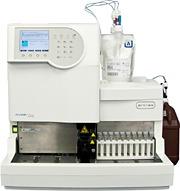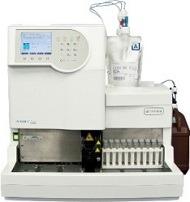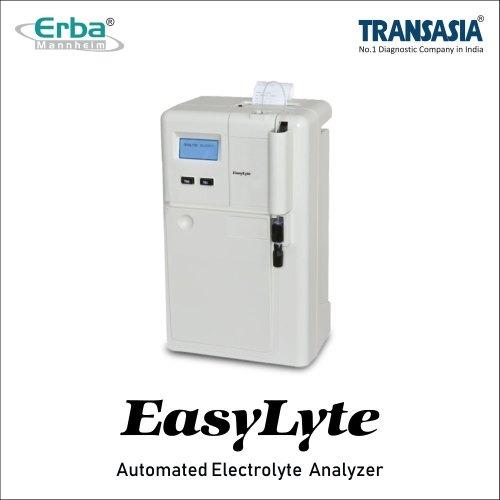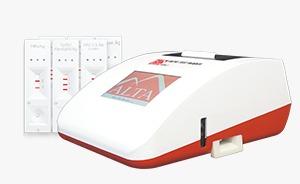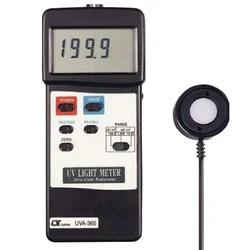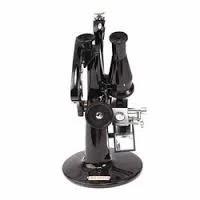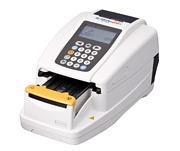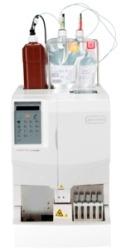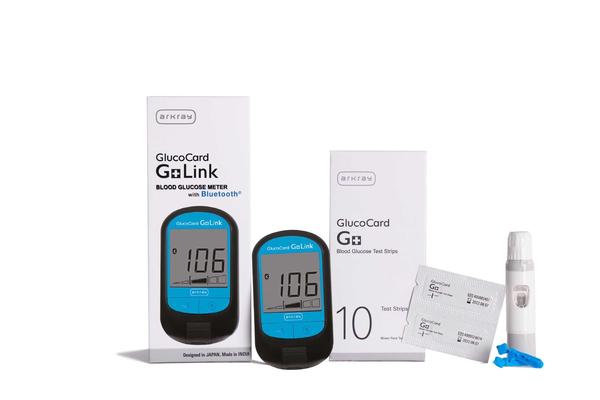The ADAMS A1c, HA-8180T is a fully automated Glycohemoglobin analyzer based on HPLC (High Performance Liquid Chromatography) and is highly effective for ß-thalassemia testing. Measurement speed: 3.5 minutes/test Measurement Item as below HbA2 HbF HbA1c (Stable HbA1c, S-A1c), HbS, HbC, HbE and HbD can be detected. Column design with no more pre-filter change. Color LCD with reagent level, graphs on screen. Samples Whole blood or hemolysis sample Measurement items HbA1c(Stable HbA1c, S-A1c), HbA2 and HbF (HbS, HbC, HbE and HbD can be detected.) Reagents *1 ELUENT 80A, ELUENT 80B, ELUENT 80CT and HEMOLYSIS WASHING SOLUTION 80H Column *2 COLUMN UNIT 80T Measurement principle Reversed-phase cation exchange chromatography Detection method Dual-wavelength colorimetry (wavelengths measured: 420nm/500nm) Resolution 0.1% Ratio, 1 mmol/mol Measurement range *3 HbA1c : 3-20%, 9-195 mmol/mol HbA2 : 2-10% HbF : 0-100% Guaranteed measurement range *4 HbA1c : 4.2-12.9%, 22-117 mmol/mol HbA2 : 2.4-6.3% HbF : 0.1-14.3% Processing speed 210 seconds per sample Sample consumption Approx.14μL(whole blood) Sample container Blood collection tube (12.3 to 15mm diameter) × ( 75 to 100mm length) Sample cup(500μL) Sampling method Cap-Piercing Rack type ARKRAY racks Number of measurement samples One-way transportation (factory set) : Maximum 50 samples Loop transportation : Maximum 100 samples Column temperature Approx. 39℃ Display Color graphic LCD with backlight Memory capacity 500 test results ( including calibration results ) Built-in Printer Termal printer, 58mm thermal paper External output Serial 1 port (Can be optionally used as an Ethernet port.) Measurement conditions Temperature : 15-30℃ Humidity : 20-80% relative humidity (non-condensing ) Required sample volume Blood collection tube : Minimum 10mm away from the bottom Sample cup : 400μL or more Warm-up time Maximum 30 min. Dimensions 530(W)×530(D)×530(H)mm (Not including the hemolysis washing solution bottle) Weight Analyzer: Approx. 39kg, Sampler: Approx. 4kg Power supply AC100V-240V ±10% 50/60Hz Power consumption Max. 300 VA *1, *2 Reagents and column are sold separately from HA-8180T analyzer. *3 Error-free measurement ranges. *4 Guaranteed ranges for obtaining results equivalent to those from HA-8160 TP mode measurement. ※Design and speci cations may be changed without prior notice
Send Message